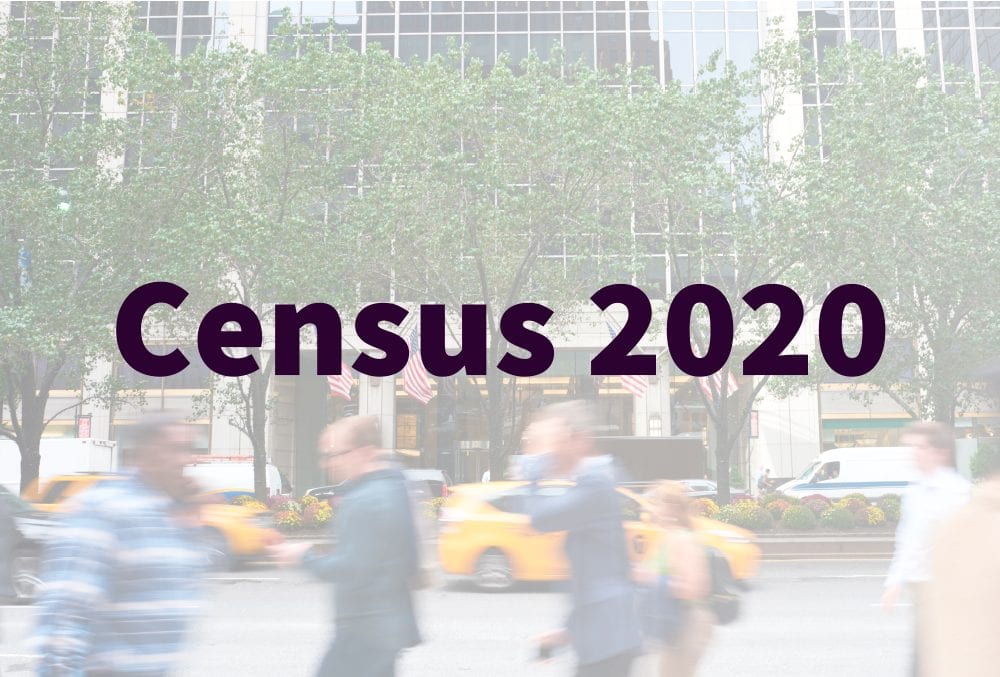6 Ways Zencity Can Help You Tackle Misinformation and Encourage Resident Participation

Assaf Frances
Director of Marketing and Partnerships
Jump to
- The Digital Census: A New opportunity and Significant Challenges
- 1. “One stop Census 2020 discourse shop”
- 2. Request a Census Insight or Special Report
- 3. Track the effectiveness of your campaigns and make changes in real-time
- 4. Identify the spread of rumors, misinformation, and disinformation
- 5. Spread correct information to drown out false rumors
- 6. Focus on strategic neighborhoods
Zencity and Census 2020
Introduction
Digital technology brings new opportunities for the 2020 count, but it also poses new and significant challenges with the spread of misinformation and disinformation online. Learn how Zencity can help you tackle misinformation and encourage resident participation for your city or county.
The Digital Census: A New opportunity and Significant Challenges
Census 2020 will be the first time that citizens can respond online. Digital technology brings enormous opportunities for the 2020 count. But technology also poses new and significant challenges, particularly through the spread of misinformation and disinformation (intentional misinformation) on social media channels.
6 Ways Zencity can Help You Stay on Top of Census 2020
1. “One stop Census 2020 discourse shop”
As a city or county, you need to know on what channels and sources (social media, news, etc.) the census is being mentioned and, moreover, what discourse and reactions are being generated by your citizens. Setting up a ‘Census 2020 project’ on your Zencity dashboard will allow you to follow all the relevant channels and discourse in one place and track them over time.
2. Request a Census Insight or Special Report
Our urban policy and data analyst teams will research your city’s specific census data and provide you with in-depth analysis and recommendations based on census best practices.
3. Track the effectiveness of your campaigns and make changes in real-time
Most likely, many of your Census 2020 outreach efforts will be made via social media. Zencity allows you to track census-related discourse in real-time and to monitor the effectiveness of your digital outreach initiatives to your community. The platform enables you to identify the discourse volume that is being generated and what sentiment the initiatives are evoking.
Extra Tip: Census messaging research shows that the voices and institutions people trust the most are educational ones.
4. Identify the spread of rumors, misinformation, and disinformation
Periodically checking the Census 2020 project in Zencity for the spread of incorrect information within local discourse both on official local government-owned sites and pages and unofficial channels, like community social media groups will allow you to be sure that rumors are stopped before they spread.
Extra Tip: If needed, direct city resources to correct rumors and report incidents of false information to the Census Bureau at rumors@census.gov.
5. Spread correct information to drown out false rumors
Use Zencity to identify both official and unofficial channels where citizens are discussing the census count and maintain a consistent feed of correct information to increase the chances that citizens truly understand how the census count works and how it benefits them.
Extra tip: Telling the story of how the census directly affects residents’ lives using numbers and data resonates highly within communities. Phoenix, AZ, for example, emphasizes that census count represents $866 million in annual federal and state funding for education, public safety, roads, and more.
6. Focus on strategic neighborhoods
Zencity’s geolocation tools can help you understand where census discourse is being discussed. You can match conversations taking place in these locations with the hard to count tracts from Census 2010, enabling you to tailor your strategy communication and initiatives to those areas.
%20copy-1.png?width=544&height=120&name=Logo_black%20(1)%20copy-1.png)




